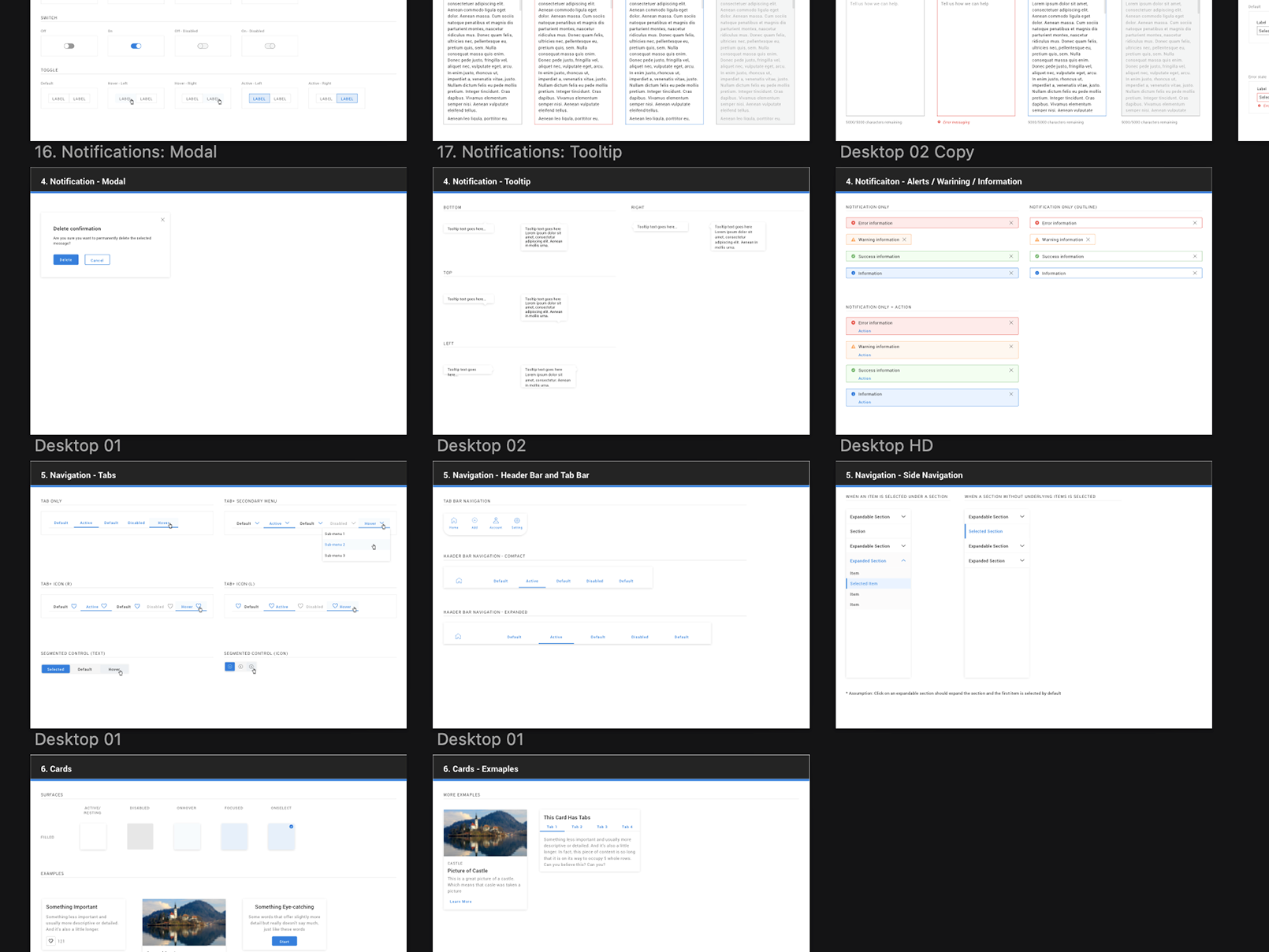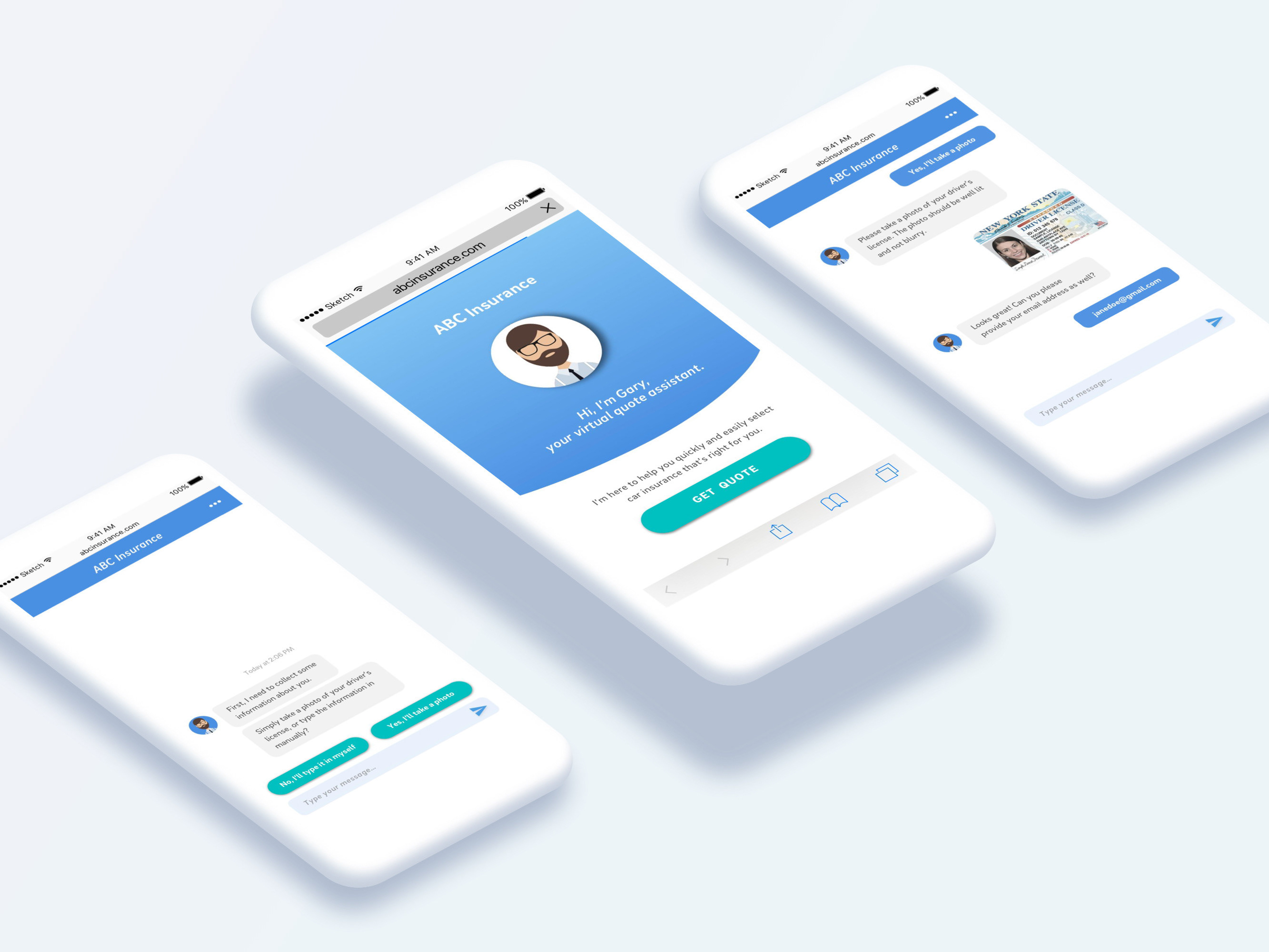ABOUT
Moment is a project done in OpenHCI 2016, a week-long workshop on Human-Computer Interaction in Taiwan. As the teaching assistant, I led a multidisciplinary team of six graduate students to discover an issue in real world and create an interactive installation based on the findings. The outcome, Moment, won the first prize in the final exhibition.
MOMENT
This installation is created to mitigate the generation conflicts that existing within families, especially between parents and children. In Asian culture, it's not common that parents open up feelings and have sufficient communication with the younger family members ,their kids, to maintain a sense of authority. However, this indifference will also prohibit the kids from showing emotions. A lot of times -- we find ourselves locked in our rooms and hiding behind the room, both physically and emotionally.
The door in a home not only separates spaces, it sometimes separates the hearts of parents and children. People often choose avoiding as our way out in when conflicting with parents. We imagine the doors in future can have the ability to sense emotion and indirectly present it to the users. The parents can sense the emotion of their children and make them feel supports at the same time.
The door in a home not only separates spaces, it sometimes separates the hearts of parents and children. People often choose avoiding as our way out in when conflicting with parents. We imagine the doors in future can have the ability to sense emotion and indirectly present it to the users. The parents can sense the emotion of their children and make them feel supports at the same time.
STEP 1 : BRAINSTORMING
Using the technique of design thinking to identify an issue of human interaction
STEP 2 : DISCOVER THE REAL WORLD
Go into the real world setting to discover the issue and interview people about it
STEP 3: Define & Ideate
Think over the issue based on interview feedback and converge the ideas and start to build it
STEP 4: BUILD AND ITERATE
The techniques of 3D printing, laser cutting, Arduino, and Processing are used to build this prototype.
HOW IT WORKS
We want the door to work as a medium, not divider, of connection and emotions to mitigate the conflicts between the two side of it. To approach that, we programmed and built several sensors and motors on a small-sized door, which is locked in the default state to represent the emotion.
The motor will lengthen or shorten the rubber bands behind the fabric. The tension represents the emotional intensity of the people in the door. There are lights indicate the type of the emotion blue for sorrow, red for anger, green for jealous, purple for fear. When people outside touch the door handle area, there is a fragrance release to the air by a small fan on the door People inside the door can feel that there are someone care about them and support them. When they are ready to interact and communicate with the outside world, the door will be unlocked.
The motor will lengthen or shorten the rubber bands behind the fabric. The tension represents the emotional intensity of the people in the door. There are lights indicate the type of the emotion blue for sorrow, red for anger, green for jealous, purple for fear. When people outside touch the door handle area, there is a fragrance release to the air by a small fan on the door People inside the door can feel that there are someone care about them and support them. When they are ready to interact and communicate with the outside world, the door will be unlocked.












